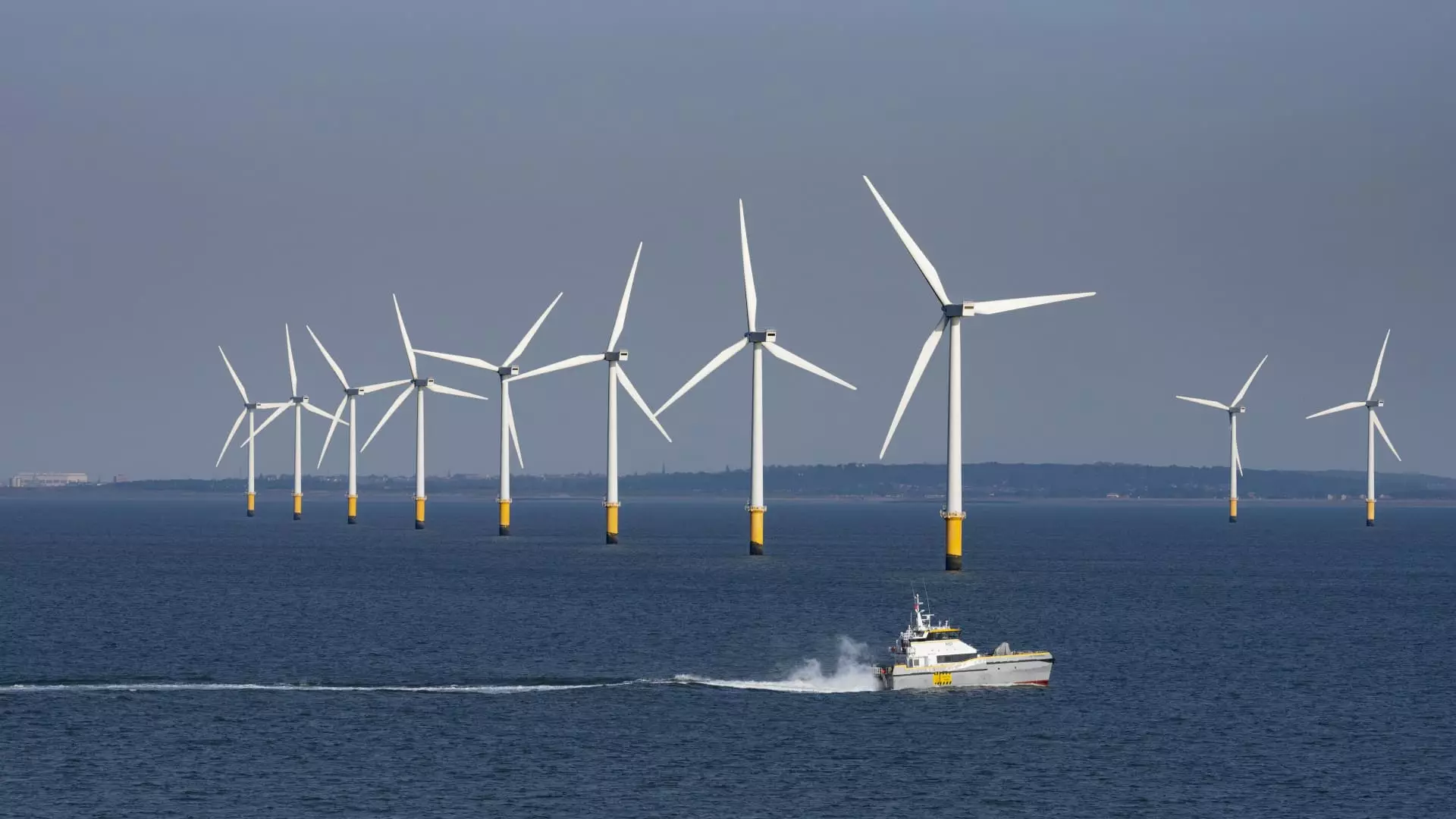In the tumultuous landscape of American energy policy, recent developments reveal a far more complex picture than the optimistic headlines suggest. While some European investors are quick to celebrate—seeing a fleeting glimmer of hope in legislative amendments—the reality is that these changes are patchwork solutions that risk undermining America’s long-term sustainability goals. The bipartisan maneuvering and superficial adjustments, cloaked in the rhetoric of progress, ultimately expose a deep-rooted ambivalence and strategic inconsistency within U.S. policymaking.
The temporary relief granted to wind and solar industries, stemming from the removal of certain tax burdens and deadlines, is indeed noteworthy. However, it is only a Band-Aid on a wound inflicted by overarching political indecisiveness. The bill’s revision to exclude components sourced from “foreign entities of concern”—most notably China—passes the buck without addressing the broader issue of technological dependence. Instead of fostering resilient, independent renewable manufacturing industries, the policy perpetuates a reliance on volatile international supply chains, exacerbating the sector’s vulnerability to geopolitical tensions.
Such half-measures reflect an underlying reluctance to commit fully to a clean energy transition rooted in innovation and domestic capacity building. Instead, they are pragmatic yet shortsighted concessions that prioritize short-term political wins over strategic sustainability. European markets may respond positively to these changes, but that optimism risks being misplaced if they overlook the deeper structural flaws embedded within the policy framework.
Structural Flaws Undermining U.S. Leadership in Renewable Energy
Looking beyond the immediate market reactions, the legislation reveals fundamental flaws that threaten America’s future as a leader in renewable energy. The removal of the “cliff-edge deadline” for project completion, for example, paints a picture of leniency that conceals strategic fragility. While analysts speculate that this will stimulate near-term activity, the longer-term picture is far less certain. The absence of enforceable requirements beyond 2026 weakens the incentive for developers and manufacturers to sustain momentum into the next decade, risking a stagnation rather than a surge of innovation and infrastructure growth.
Moreover, the diminished support mechanisms—especially when contrasted with comprehensive programs like the Biden administration’s Inflation Reduction Act—serve as a stark reminder that the U.S. is diverging from a consistent, forward-looking climate strategy. Instead of building a robust ecosystem of domestic manufacturing, technological innovation, and grid modernization, the current legislative approach effectively sidelines these priorities. It offers a tentative, piecemeal strategy that hinges on market volatility and speculative expectations rather than coherent, long-term planning.
This approach also disincentivizes investment in grid modernization—an essential component of a sustainable energy future—by not prioritizing infrastructure enhancements. European utilities with diversified portfolios might better withstand these uncertainties, but American developers and manufacturers face an increasingly precarious environment that discourages systematic growth. The risk that ongoing projects might be canceled or delayed underscores the dangerous misalignment between policy signals and the sector’s actual needs.
The Double-Edged Sword of Political Clutter and Global Competition
The influence of international dynamics further complicates the scenario. European companies like Vestas, Orsted, Siemens, and Iberdrola view the U.S. market as a vital growth arena, yet their optimism is tempered by the unpredictability injected through inconsistent policies. The U.S.’s wavering commitment signals a lack of political will for sustained global leadership in renewable energy, handing an advantage to China and other geopolitical competitors with more aggressive, coherent policies.
By selectively removing tariffs or changing deadlines, the U.S. risks oscillating between flux and stagnation—precisely the environment that discourages sustained investment and innovation. European investors have learned, perhaps painfully, that promises of market stability often crumble under the weight of domestic political calculations. Their cautious optimism is a reminder that policy consistency and strategic clarity are prerequisites for attracting the kind of investment needed to transform the energy landscape.
The legislative dance, centered around short-term gains and tactical concessions, may provide fleeting market boosts but ultimately impoverishes the sector’s growth prospects. The broader narrative emerging is one of a nation that talks a good game but falls short when it comes to courageous, long-term commitments. Without a strategic plan that prioritizes domestic manufacturing, infrastructural resilience, and technological independence, the U.S. risks ceding its leadership role in the global transition to cleaner energy.
The Reckoning: A Call for Genuine Policy Reform
In my view, the current legislative trajectory underscores a troubling pattern of reactive policymaking—an approach characterized by incremental adjustments that fall short of transformational change. To truly harness the potential of renewable energy, America needs to embrace policies that are not only supportive but also ambitious and coherent. This involves substantial investments in domestic manufacturing, strategic supply chain security, and equitable infrastructure upgrades.
A revitalized focus on fostering innovation, paired with regulatory certainty and long-term commitments, can catalyze a renaissance in renewable energy. The danger lies in continuing down a path marked by compromises, short-term fixes, and ambiguous commitments. European experience teaches us that sustainable growth in renewables demands a comprehensive, politically unwavering strategy—one that centers on resilience, technological sovereignty, and social equity.
Until such a shift materializes, the U.S. renewable sector will remain vulnerable to cyclical volatility and geopolitical influence, hindering its potential to lead a global transition to a cleaner, more sustainable energy future. The current legislative climate—characterized by reactive amendments and strategic indecisiveness—risks turning promise into peril. Only through bold, principled policy reforms can the U.S. safeguard its ambitions and truly propel the renewable revolution forward.

